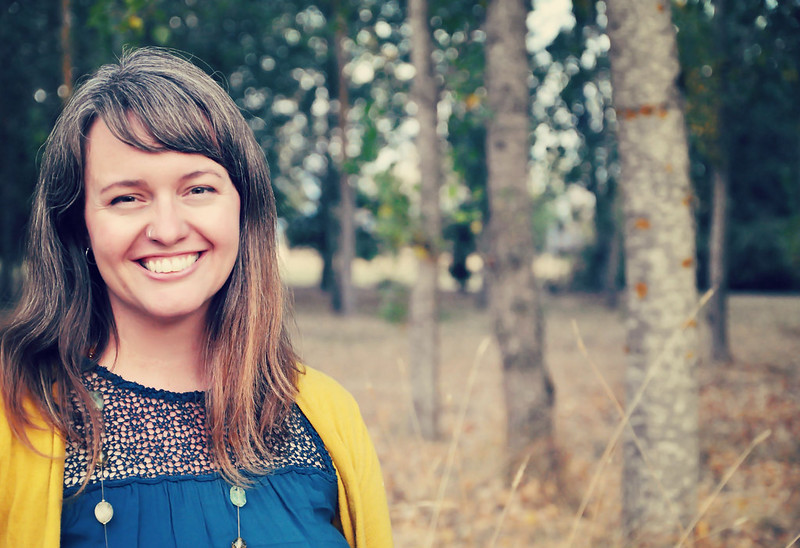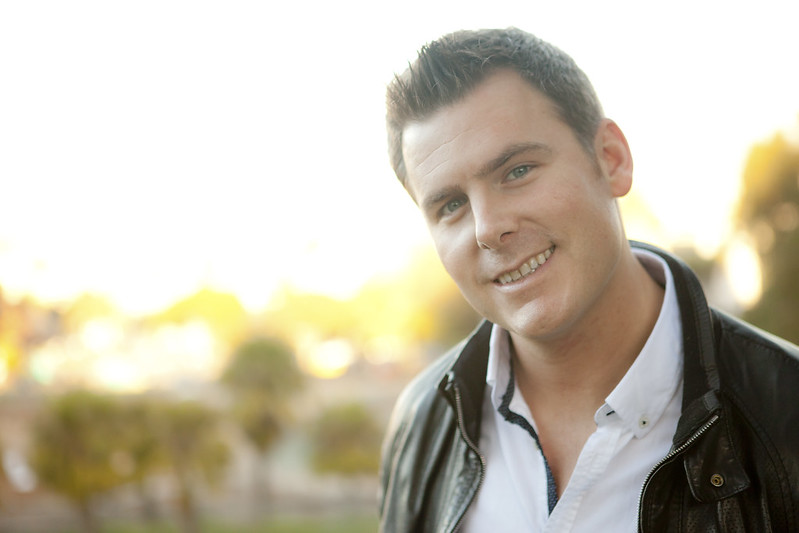Look back to the latest moment you have completed a goal. Anything minor may have been like refusing an irresistible cookie for the sake of the waistline. Or maybe you awoke at 6:00 a.m. Exercising before going to work. Or maybe you’ve just pushed through a horrible task and reached your deadline.
Regardless of what you did, there was undoubtedly determination involved: the strength to make yourself do what you simply don’t want to do. But what if you were able to get things done without applying willpower to the equation?
Based on real people’s experiences, this review presents techniques for completing something without breaking yourself down. Through revamping your world for your top of mind ambitions, you will find it a whole lot less difficult to achieve your maximum potential.

Chapter 1 – Willpower is less relevant than the environment when it comes to attempting to accomplish the goals.
People usually say that willpower is like a muscle; the longer you use it, the more you wear it out. And just like any other muscle, over time you will improve your willpower – perhaps today’s practicing self-control will make tomorrow a little easier.
Therefore, it’s easy to better oneself, correct? We need to force ourselves a little bit stronger every day to change our lives – and we’ll be set to conquer the world before long! Well, maybe not.
The issue with the willpower is that this muscle is pretty powerless. These days our abilities of self-control are almost fully drained, but it is not our mistake.
Let’s dig at the obesity crisis. The numbers are pretty strong: By 2025, most people in the world are expected to be overweight or obese. Is this due to a willpower weakness? Was it more self-control that was keeping our ancestors skinny?
Certainly not. People in the past didn’t have to depend on willpower to remain skinny. Since then what’s evolved is our environment. Many of us have inactive jobs these days and sit at our desks all day instead of going outside. And the nutrition we rely on is almost always from a harmful box.
Our environment has caused our excess weight as the writer puts it. But fortunately, the environment’s influence can also be a positive thing. How will that be? Note the comparison Darwin makes between natural evolution and domesticated evolution.
In a natural evolution, the species are adapting to the condition they are in. So if being smaller is beneficial, then a species can begin to shrink. They’re required, basically, to adjust to their environment.

Comparing this to domesticated evolution, the evolution of animals and plants under human guidance. Since we regulate the habitats of these species, we may create beneficial features that wouldn’t exist in the wild – like bigger fruits and fatter animals.
When it comes to humans, the majority of us are much like animals in the wild witnessing natural evolution. We are also unable to adjust our conditions so often we adapt to them – unaware of whether this would help us in the long term. Others are doing the reverse of it. They build their habitats similar to how we handle the animals we domesticate, so that each change is simply an upgrade, taking them a step closer to their targets.
The trick is to create an environment that leaves you with no alternative but to “adapt” to your optimal self. We’ll look at certain ways to do exactly that in the overview that follows.
Chapter 2 – Plan the environment with two spaces-one structured for work and one for recreation.
Ever worked at home? You’ve already encountered some usual issues if you did. Any parent of young kids can appreciate the struggle of having to work where you live – but even for the rest of us, working in a place where we usually enjoy can be a challenge.
But perhaps the saying “work hard, play hard” requires an update: work hard and play hard, sure, just make sure you do each one in a different location! In fact, when individuals can make use of two vastly distinct environments – one high-stress and the other high-recovery, they have been found to work at their best.
We always learn of the rewards of a “stress-free” life these times, but such thought lacks all the good aspects that can come out of healthier stress levels. There’s a word for controlled tension of this kind. It is called eustress, and in reality, it makes us achieve our maximum potential. The added stress ensures that we are less likely to be frustrated and inefficient, meaning the job at hand is given our full attention. And creating environments that deem eustress is a perfect way to improve efficiency!
Consider Courtney Reynolds, a young entrepreneur who divides her time between Denver and Las Vegas. Reynolds is in eustress mode while she is in Denver and she lets her environment show that. This means she keeps her place in Denver distraction-free, with limited furniture and just the items she wants for the job.

It’s a different situation in Las Vegas; this is the rehab environment for Reynolds. Her Vegas home is richly furnished with luxury furniture and a palette of bright colors. In her recuperation environment, even her social life shifts. Reynolds works in Denver from morning to night while she likes to spend her days socializing with friends in Vegas.
Believe this or not, when you are resting you will most likely be hit by fresh thoughts and new ideas. Neuroscientists have found that only 16 percent of mental breakthroughs exist while you are at work. You give your brain the opportunity to establish new links as you loosen up and encourage your mind to drift – contributing to fresh thoughts.
Reynolds has reached into a basic element of human nature with her lifestyle. When we switch back and forth between absolute work and absolute play, we work best. By creating different worlds for each state you make work hard and play hard much easier for the mind.
Chapter 3 – By accepting “peak experiences,” you will improve your creativity.
Tsh Oxenreider’s been caught in a rut. Her life hadn’t gone in the right direction for some time. She had many aspirations, dreams, and ideas but she couldn’t find it in herself to truly devote to them.
Tsh and her husband then planned to explore the world with their children on a whim. The impact of Tsh was a significant one. As the family traveled from place to place, she realized she could work with a freshly developed sense of purpose. In brief, her thoughts started to flow.
What went differently with Tsh? Is there something back home in the breeze that had stopped her from reaching her maximum capacity? Not quite.
It turns out that Tsh has been able to achieve a peak experience simply by adjusting her environment, which is a remarkable, exhilarating moment in which you feel and perceive with enhanced perception and sensitivity. For Tsh, one of those remarkable moments was the uprooting of her life and wandering the globe – and seeing it helped her to finally see what her life has been lacking.
It’s typically at those periods when creativity hits, and we get those all-important “lightbulb moments.” And as we’ve discovered earlier, this happens more frequently than not when we’re in relaxing mode.

The nice news is, you don’t have to sit around and expect that one day you’ll be fortunate enough to have a peak experience. If you’re wise about it, you might really make them a daily part of your life.
How? Well, the solution to that is clear. First, you have to disconnect, then go somewhere new. This place need not be the environment for your recovery. You can drive only 30 minutes away from home if you like. Take out your notebook when you’re there, and begin writing. Start by showing appreciation for everything you enjoy in your life and focus on what’s going on in your world. Don’t be scared, be open about your shortcomings with yourself. Did you achieve your targets or slack yourself off? Write down every feeling you have.
Then, write your dreams of “big picture.” What would you like to do in the coming months? What if in a year’s time? What is your meaning in life? At first, it will be hard but try to define the simple “Why? “What is the fundamental reason for something you want to accomplish?
By changing out of your habit in this manner and giving yourself time to ponder the big picture, you’re training your mind for the peak experiences. They can sound challenging – but its payoff is worth the effort.
Chapter 4 – Now act decisively, extracting dead load from your life.
The popular corporate CEO Gary B. Sabin shares an amusing and instructive tale about the illogical ways we escape the pain. One time, he’d given a party to Boy Scouts on a desert camping trip. They arrived in a great time at their location, set up camps, and hunkered down for the night.
But in the morning, when Sabin woke up, he found that one boy seemed tired and disheveled. The reason why? It turned out that night, he didn’t use his sleeping bag because he didn’t want to pick it up in the morning. To put it in other words, he must have been frozen for hours just to spare himself a few minutes’ work!
Sometimes we follow a certain irrational approach when it comes to making difficult decisions in life. We hold off any decisive action promptly and as a result are enduring long-term regret. The solution is easy all the while: Bite the bullet, and organize our lives according to our objectives.
An instance of the many ways in which we hamper our long-term ambitions is to spend time on the internet. We all did it. You’re working on a job and it’s getting difficult so you’re looking at your phone. You get irritated by replying to emails so you check your social media sites. Rather than concentrating on our actual jobs, we are giving way to the internet’s shallow attractions.
You ought to be strong and definitive in counteracting that. Eliminate any applications that get in the way of your goals. No ifs or buts – just go ahead and drop them. When eliminating distractions from your life, you’re making sure that willpower doesn’t even enter the equation. You can’t, after all, yield to a lure that doesn’t exist!

When you have eliminated your phone’s lure, take the same concept, and extend it directly to your life. Is there food in your freezer that you don’t want to eat? Get rid of it – the dead weight is gone. When you do this you would be shocked how much better it is to make choices.
As Dr. Barry Schwartz pointed out in his book The Paradox of Choice, making so many choices can be a negative thing too. We frequently behave in a half-hearted and uncommitted fashion by focusing upon all of our future choices. Rather than behaving with confidence, we wait and worry over the specifics of any little chance.
But there’s a simpler way: understand and let go of the dead weight of your life. Eliminate everything else from the photo once you’ve defined the options that fit your objectives.
Chapter 5 – Make use of implementing intentions to ensure that you remain on board.
We also heard of the “strength of constructive thought.” According to this principle, once you believe that anything can be accomplished, you are now one step closer to getting it done. Only don’t dwell on the possibility that you can fail.
It’s a common thought-but what if it’s totally wrong? What if worrying about the ways you can struggle is really a better way to make sure you are achieving your goals?
Let’s begin with what the implementation intentions really are. They’re a type of preparation that includes defining how failure might occur – but only to nip it in the bud.
Typically this technique takes the form of an “if-then” response. Think about it like this: anytime you say to yourself, “I’m going to drink water every time I want a soda,” you’ve already made use of an implementation intention. Your “if” was the need for a soda; your “then” was the option to drink water as a replacement.
The trick here is to stick with the strategy long enough to automatically make the change from the “if” to the “then.” It shouldn’t take much mental effort after a while at all, and the need for a drink would easily cause thoughts of a better replacement.

In fact, psychologists have found that the implementation intentions are very successful for students. When schoolchildren were asked to consider how they could stop falling short of their targets, they all improved their grades, attitudes, and attendance.
Along with helping you overcome temptations, this technique will also promote the recognition of when to leave. It’s quick to get distracted and bow out early, as we face major challenges. But if you’ve identified the “if” that means it’s time to call it a day, you can continue to give it all until you hit your capacity.
For an ultramarathon runner, this will only mean leaving the course if his eyesight fails. If he realizes he’s just going to stop running if he can’t see anymore, he would have the courage to be able to push through some small difficulties.
What is crucial is to have specific markers, so that when your “if” has been reached it is visible.
Chapter 6 – To force you to accomplish your objectives use forcing functions.
We just don’t like being pushed to do anything, right? If we find we need to do something, so we should still get up and do it willingly. But it isn’t always the case, as you might have heard. We are aware of the fact that we should start working out, but we don’t. We are aware of the fact that we should be working, but we keep wasting our time.
There are a number of explanations for this behavior — such as laziness, frustration, and fear — and the end result is still the same: disappointment and remorse at our behavior. Willpower alone is very seldom up to the task, but what do we do to become our best selves?
One way of doing this is by using forcing functions. These are self-imposed restrictions that force you to behave according to your objectives. For instance, you could suggest leaving your phone in the car when you get home if you want to be more involved with your family after work. This way, it’s not really a choice to take calls and answer emails, so you “force” yourself to disconnect from the world outside your family.

Entrepreneur Dan Martell uses one specific method in pressuring his productivity to improve. Martell takes his laptop to a local cafe anytime he really wants to do something, then purposely leaves his computer at home. Why? Knowing he only has a few hours of battery left, Martell ends up working much more effectively than allowing himself the whole day. Martell is forced to work at maximum speed by enforcing a non-negotiable timetable for as long as his computer is working.
A further powerful driving feature is the force of social pressure. No one likes to appear like a loser to their peers and most people will go to great lengths to maintain their colleagues’ respect. So say what your goals are-and be precise.
Knowing that you are liable to your colleagues would help you accomplish your objectives. The terror of having to say we’ve failed is always enough to drive us towards success.
Willpower Doesn’t Work: Discover the Hidden Keys to Success by Benjamin Hardy Book Review
It’s not only difficult to focus on willpower to get stuff accomplished, it’s a shockingly counterproductive improvement technique. The easiest way to change your life for the better is by building an environment that will motivate you to live according to your goals. You can achieve this by using forcing functions and implementation intentions – and by stripping your life of burdens.
Get rid of your nine to five routine for thinking creatively.
When most people were engaging in hard labor or routine, emotionally undemanding jobs, the traditional eight-hour workday made sense. But the timetable is past its expiration date in today’s knowledge-based job environment. When you want to retain total concentration every day from nine to five, the consistency of the job diminishes quickly – but don’t be afraid to compact the working hours into a narrower timeframe.
